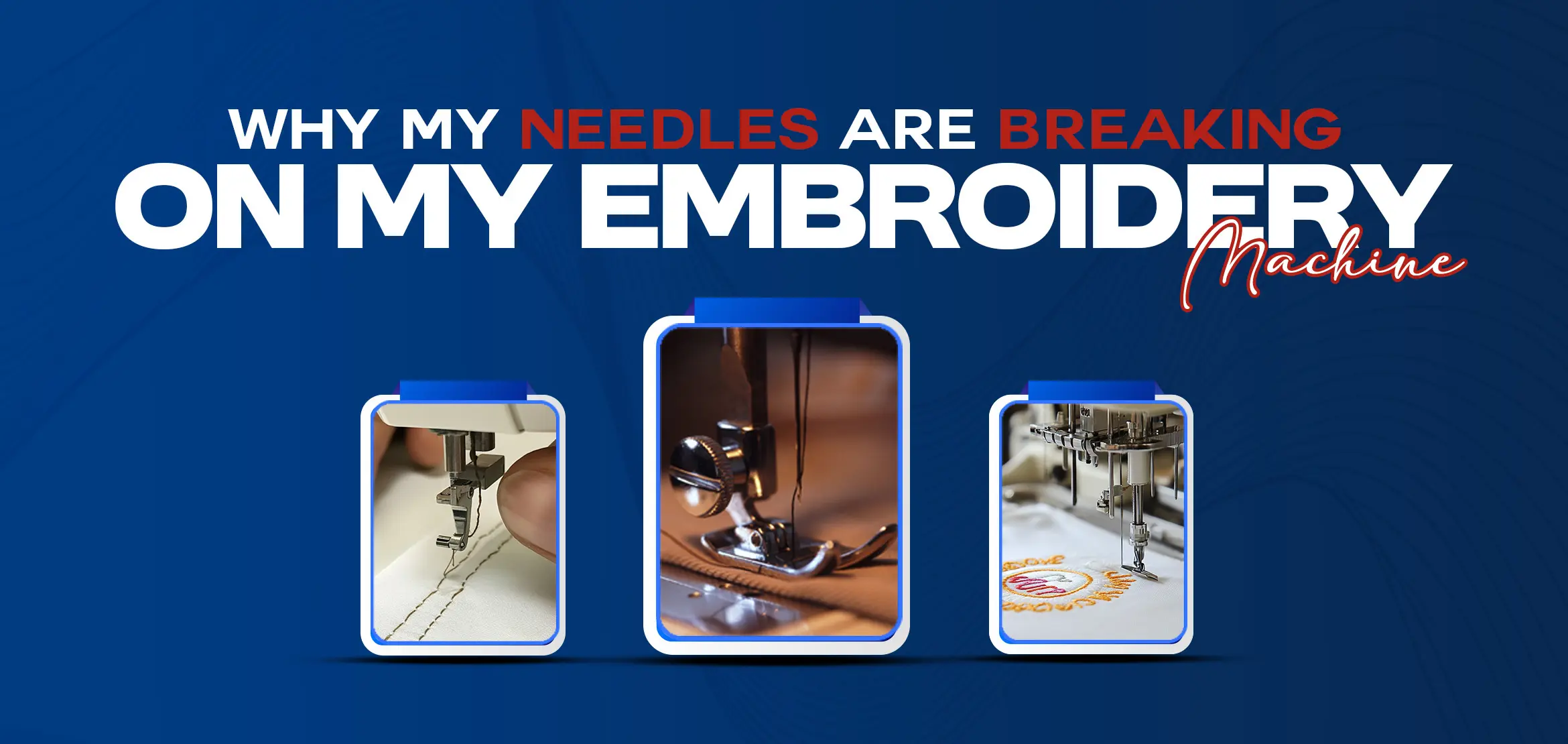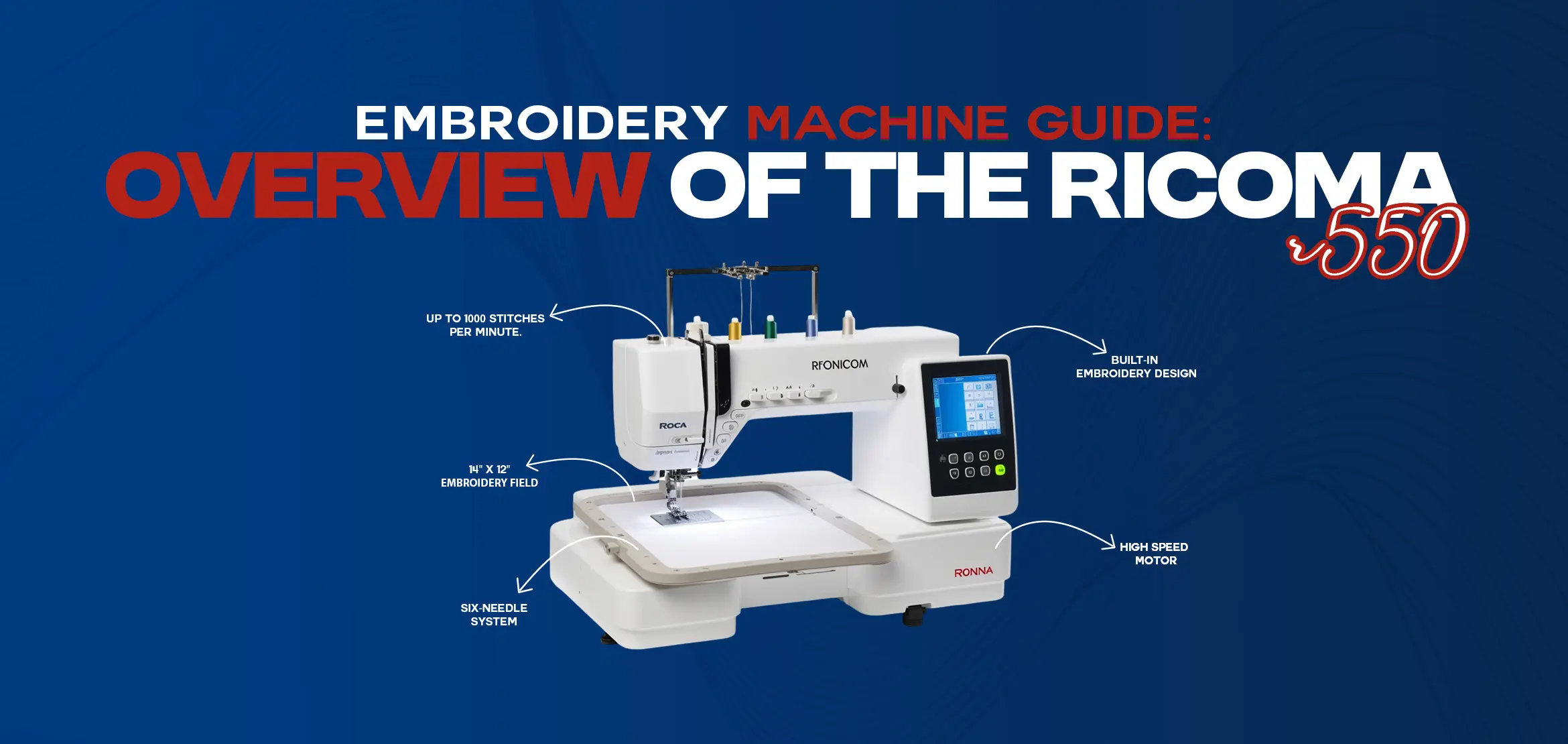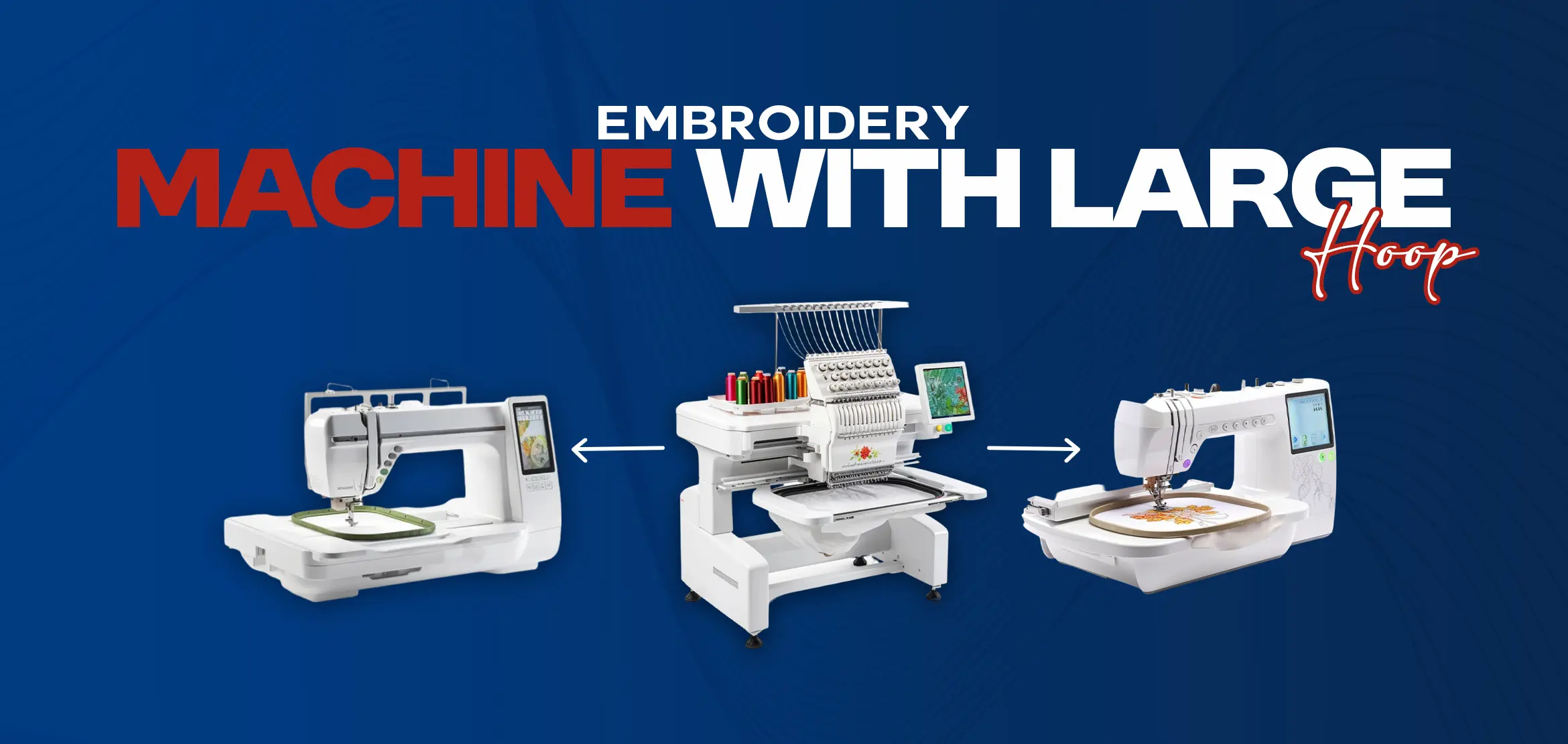
Missing Stitches in Machine Embroidery - How to Fix
Table Of Content
- Understanding Missing Stitches:
- 1. Tension Issues:
- 2. Thread Breakage:
- 3. Needle Issues:
- 4. Hoop Placement:
- 5. Machine Malfunctions:
- Steps to Fix Missing Stitches:
- 1. Check Thread Tension:
- 2. Inspect the Thread:
- 3. Verify Needle Condition:
- 4. Rehoop the Fabric:
- 5. Clean and Maintain the Machine:
- 6. Test Stitch on Scrap Fabric:
- 7. Monitor the Embroidery Process:
- 8. Experiment with Stitch Density:
- Conclusion
- FAQs (Frequently Asked Questions)
Machine embroidery is a delightful craft that allows for intricate designs to be stitched onto various fabrics with precision and efficiency. However, encountering missing stitches during the embroidery process can be frustrating and may compromise the quality of your work. Fortunately, understanding the causes behind missing stitches and knowing how to address them can help you overcome this challenge and produce flawless embroidery. This guide aims to provide you with a thorough understanding of why missing stitches occur and offers practical solutions to fix them effectively.
Understanding Missing Stitches:
Missing stitches refer to gaps or incomplete sections within an embroidered design where the machine fails to execute the intended stitches. These gaps can detract from the overall appearance of the design and may result in a less polished final product. Several factors can contribute to missing stitches, including:
1. Tension Issues:
- Incorrect tension settings on the machine can cause stitches to be too loose or too tight, leading to irregular stitching or skipped stitches.
- Tension problems may arise from incorrect bobbin tension, upper thread tension, or a combination of both.
2. Thread Breakage:
- Breakage of the embroidery thread can interrupt the stitching process, resulting in missing stitches.
- Thread breakage can occur due to various reasons, such as using low-quality thread, improper threading of the machine, or excessive tension.
3. Needle Issues:
- A dull or damaged needle can struggle to penetrate the fabric properly, leading to skipped stitches or thread breaks.
- Using the wrong type or size of needle for the fabric and thread being used can also cause stitching problems.
4. Hoop Placement:
- Incorrect hooping of the fabric can cause it to shift or bunch during embroidery, leading to misalignment of stitches and potentially missing stitches.
- Hoop placement is crucial for maintaining stability and tension throughout the embroidery process.
5. Machine Malfunctions:
- Mechanical issues or glitches within the embroidery machine itself can result in skipped stitches or other stitching irregularities.
- Regular maintenance and calibration of the machine can help prevent such malfunctions.
Now that we've identified the potential causes of missing stitches, let's explore the steps you can take to address and resolve these issues effectively.
Steps to Fix Missing Stitches:
1. Check Thread Tension:
- Begin by ensuring that both the upper and bobbin thread tensions are correctly set for the type of fabric and thread you're using.
- Adjust the tension settings gradually, testing the stitches on a scrap piece of fabric until you achieve balanced tension.
2. Inspect the Thread:
- Examine the embroidery thread for any signs of damage, such as fraying or knots.
- Use high-quality embroidery thread appropriate for your machine and project to minimize the risk of thread breakage.
3. Verify Needle Condition:
- Replace the needle with a new, sharp one if it appears dull or bent.
- Ensure that you're using the correct needle type and size for the fabric and thread being used.
4. Rehoop the Fabric:
- If the fabric is not properly hooped, remove it from the hoop and reposition it to ensure it's taut and securely held in place.
- Avoid overstretching the fabric, as this can distort the design.
5. Clean and Maintain the Machine:
- Regularly clean the embroidery machine, removing any lint, dust, or debris that may accumulate in the bobbin area or around the needle.
- Follow the manufacturer's recommendations for machine maintenance and lubrication to keep it in optimal working condition.
6. Test Stitch on Scrap Fabric:
- Before embroidering your actual project, always test stitch the design on a scrap piece of fabric to identify any potential issues.
- Make any necessary adjustments to the machine settings based on the test stitch results.
7. Monitor the Embroidery Process:
- Keep an eye on the machine while it's embroidering to catch any issues as they arise, such as thread breakage or fabric bunching.
- Pause the machine immediately if you notice any problems and address them before continuing.
8. Experiment with Stitch Density:
- Adjust the density of the embroidery design if you're consistently experiencing missing stitches in certain areas.
- Decreasing the stitch density in dense areas or increasing it in sparse areas can help improve stitch quality.
By following these steps and troubleshooting techniques, you can effectively address missing stitches in machine embroidery and achieve professional-quality results with your projects. Remember to practice patience and persistence, as mastering machine embroidery requires both skill and experience. With time and practice, you'll become adept at identifying and resolving stitching issues, allowing you to fully enjoy the creative possibilities of this captivating craft.
Conclusion
Addressing missing stitches in machine embroidery requires a combination of troubleshooting techniques and attention to detail. By understanding the causes behind missing stitches and implementing practical solutions, you can achieve professional-quality results with your embroidery projects.
If you're looking to elevate your embroidery creations further, consider utilizing our embroidery services. Our skilled artisans and state-of-the-art equipment ensure impeccable craftsmanship and stunning designs. Contact us today to explore how we can bring your embroidery visions to life with precision and excellence.
FAQs (Frequently Asked Questions)
Q1. What are some common causes of missing stitches in machine embroidery?
Common causes include tension issues, thread breakage, needle problems, hooping errors, and machine malfunctions.
Q2. How can I address tension issues in machine embroidery?
Begin by adjusting both upper and bobbin thread tensions gradually until achieving balanced tension suitable for the fabric and thread being used.
Q3. What steps should I take to verify the condition of the needle?
Inspect the needle for signs of dullness or damage, and replace it with a new, sharp needle if necessary. Ensure you're using the correct type and size of needle for your project.
Q4. Why is proper hooping essential in machine embroidery?
Proper hooping ensures that the fabric remains taut and stable during embroidery, minimizing the risk of misalignment, shifting, or bunching that can result in missing stitches.
Q5. How can I prevent missing stitches during the embroidery process?
Regularly clean and maintain your embroidery machine, test stitch designs on scrap fabric before embroidering your project, and monitor the embroidery process for any issues such as thread breakage or fabric distortion. Adjust machine settings as needed to optimize stitch quality.









